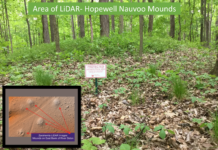Gazelem: Joseph Smith, A Title, A Nephite Prophet, A Stone?
“And the Lord said: I will prepare unto my servant Gazelem, a , which shall shine forth in darkness unto light, that I may unto my people who serve me, that I may discover unto them the works of their brethren, yea, their secret works, their works of darkness, and their wickedness and abominations. And now, my son these were prepared that the word of God might be fulfilled, which he spake, saying: I will out of darkness unto light…” Alma 37:23-25
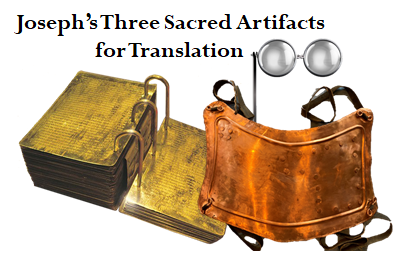 The above scripture as translated by Joseph Smith only seems confusing because someone other than Joseph added a comma between the word Gazelem[,] and a stone. As you will see below the word Gazelem in Alma 37 seems to be a title and refers to Joseph Smith as a Seer. In the 1835 Edition of D&C See Here, you can see that Joseph Smith was named Gazelam, Newel K. Whitney was called Ahashdah and Sidney Rigdon was called Pelagoram.
The above scripture as translated by Joseph Smith only seems confusing because someone other than Joseph added a comma between the word Gazelem[,] and a stone. As you will see below the word Gazelem in Alma 37 seems to be a title and refers to Joseph Smith as a Seer. In the 1835 Edition of D&C See Here, you can see that Joseph Smith was named Gazelam, Newel K. Whitney was called Ahashdah and Sidney Rigdon was called Pelagoram.
Gazelem may also be the name or Title of a Seer or the name Gazelem may be a title meaning “A Stone” like in the name for Peter in the Bible. We read in the Bible, “That thou art Peter, and upon this rock I will build my church; and the gates of hell shall not prevail against it.” Matthew 16:18 I believe like in Alma 37 a stone could mean, “Revelation”, or Seer, or Reveal, etc.
As Elder Hunter said, “This is a very significant statement. The Lord in effect said to Peter that this knowledge that Jesus was the Christ did not come to him from mortal men or from the reasoning or learning of men, but by revelation from on high, that is, direct, divine revelation of the divinity of the Master. In answer to the statement ‘Thou art the Christ’ Matt. 16:16 Jesus replied, ‘. . . thou art Peter’ Matt. 16:18 in friendly acknowledgment of his disciple. The Lord then added, ‘. . . and upon this rock I will build my church’ Matt. 16:18 Upon what rock? Peter? Upon a man? No, not upon a man, upon the rock of revelation, the thing which they were talking about. He had just said, ‘. . . flesh and blood hath not revealed it unto thee, but my Father which is in heaven’ Matt. 16:17 This revelation that Jesus is the Christ is the foundation upon which he would build his Church.” CONFERENCE REPORT, OCTOBER 1965, HOWARD W. HUNTER
JST, John 1:42.
Cephas means “seer” or “stone.”
42 And he brought him to Jesus. And when Jesus beheld him, he said, Thou art Simon, the son of Jona, thou shalt be called Cephas, which is, by interpretation, a seer, or a stone. And they were fishermen. And they straightway left all, and followed Jesus.” JST John 1:42
Compare John 1:42 KJV
“And he brought him to Jesus. And when Jesus beheld him, he said, Thou art Simon the son of Jona: thou shalt be called Cephas, which is by interpretation, A stone.” KJV John 1:42
So Gazelem in Alma 37 could read like this: “And the Lord said: I will prepare unto my servant [Joseph Smith a Seer], which shall shine forth in darkness unto light, that I may discover unto my people who serve me, that I may discover unto them the works of their brethren, yea, their secret works, their works of darkness, and their wickedness and abominations. And now, my son these interpreters were prepared that the word of God might be fulfilled, which he spake, saying: I will bring forth out of darkness unto light…” Alma 37:23-25
Notice that with the quote from Alma 37 including the words Joseph Smith a Seer, without the comma between Gazelem[,] a stone it would read that Joseph Smith was being called Gazelem as his personal name, or Gazelem as a title that is a seer, and the singular word “a stone” would mean in this case a single stone means Joseph Smith or Gazelem is “a seer”, not necessarily a singular stone.
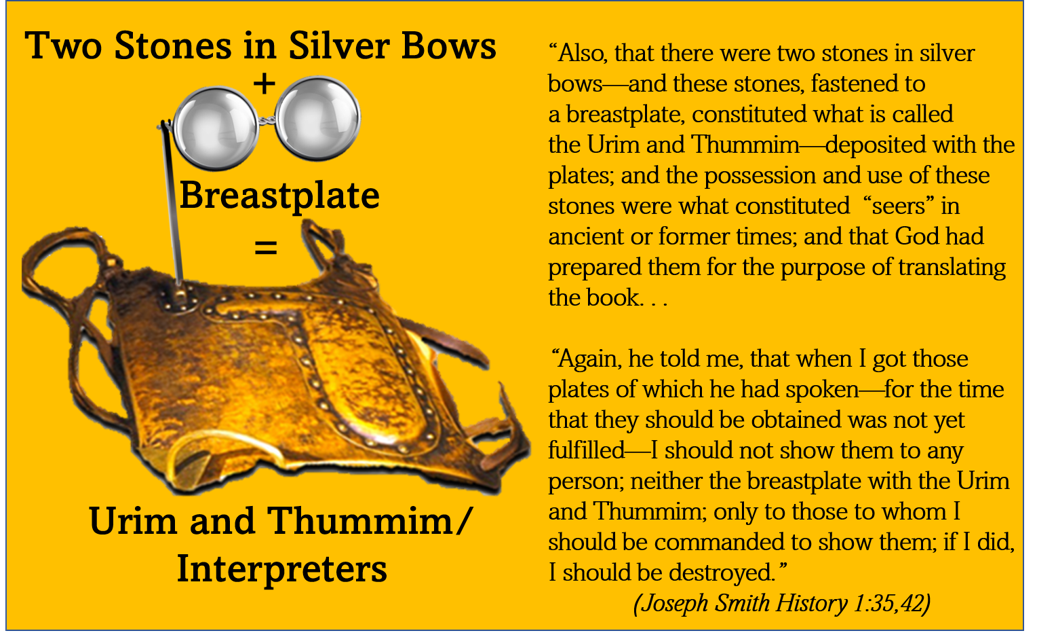
Also the Lord continues after calling Joseph Smith a Seer, he later in Alma 37 says “these interpreters”, not singular stone, but plural “these interpreters”. We also know through scripture that the plural “interpreters” refers to these two stones, fastened to a breastplate, as canonized scripture says, *”Oliver Cowdery describes these events thus: “These were days never to be forgotten—to sit under the sound of a voice dictated by the inspiration of heaven, awakened the utmost gratitude of this bosom! Day after day I continued, uninterrupted, to write from his mouth, as he translated with the Urim and Thummim, or, as the Nephites would have said, ‘Interpreters,’ the history or record called ‘The Book of Mormon.’ JSH 1:75*
THE DOCTRINE AND COVENANTS MODERN DAY REVELATION
Code Names
Some revelations were altered to employ code names when they were included in the 1835 edition of the Doctrine and Covenants in order to protect the identity of people and places. These code names were used in sections 77, 81, 89, 93, 101, and 102.
While the code names may have been necessary at the time, they no longer are. At this point they are relics which make reading the sections a bit more difficult.
In light of this, I decided to revert the code names back to their original names in the text itself. This is the only change that I have made to the text.
I have catalogued all of the changes, linked to the verses they can be found at, and then linked to where they can be found in earliest extant copy of the revelation.
Ahashdah = Newel K. Whitney
Alam = Edward Partridge
Baneemy = mine elders
Baurak Ale = Joseph Smith Jr.
Cainhannoch = New York
Enoch = Joseph Smith Jr.
Gazelam = Joseph Smith Jr.
Horah = John Whitmer
Lane-shine-house = the printing office in Kirtland, Ohio
Mahalaleel = Sidney Gilbert
Mehemson / Mahemson = Martin Harris
Olihah = Oliver Cowdery
Ozondah = Newel K. Whitney’s white mercantile store in Kirtland, Ohio
Pelagoram = Sidney Rigdon
Proclaiming = Printing
Shalemanasseh = W. W. Phelps
Shederlaomach = Frederick G. Williams
Shinehah = Kirtland, Ohio
Shinelah = Print
Shinelane = Printing
Shule = Ashery
Tahhanes = The tannery
Talents = Dollars
Zombre = John Johnson
See Here. Substitute Names Example
D&C 78:2 “And now, verily thus saith the Lord, it is expedient that all things be done unto my glory, that ye should, who are joined together in this order: or in other words, let my servant Ahas[h]dah [Newel K. Whitney], and my servant Gazelam [JS], or Enoch, and my servant Pelagoram [Sidney Rigdon], sit in council with the saints which are in Zion; otherwise satan seeketh to turn their hearts away from the truth, that they become blinded, and understand not the things which are prepared for them: wherefore a commandment I give unto you, to prepare and organize yourselves by a bond or everlasting covenant that cannot be broken.” [p. 204-205] JSP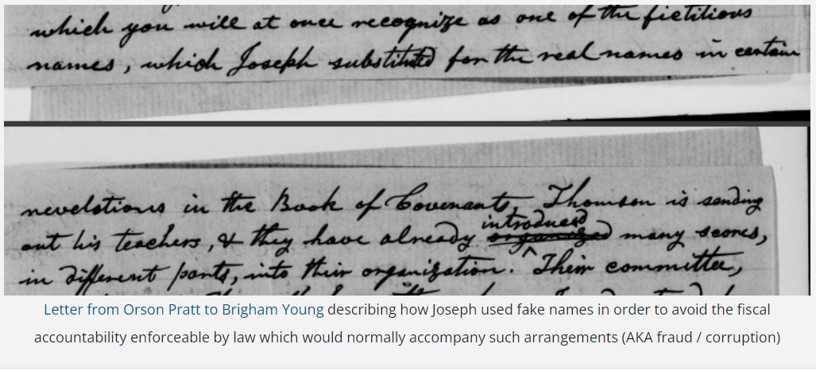
Bruce R. McConkie (Quorum of the Twelve Apostles)
With reference to the name Gazelam, it is interesting to note that Alma in directing Helaman to preserve both the Urim and Thummim and the plates containing the Book of Ether, says that such record will be brought to light by the Lord’s servant Gazelem, who will use “a stone” in his translation work. (Alma 37:21-23.) It may be that Gazelem is a variant spelling of Gazelam and that Alma’s reference is to the Prophet Joseph Smith who did in fact bring forth part at least of the Ether record. Or it could be that the name Gazelem (Gazelam) is a title having to do with power to translate ancient records and that Alma’s reference was to some Nephite prophet who brought the Book of Ether to light in the golden era of Nephite history. (Mormon Doctrine, 2d ed. [1966], p.307)
Joseph Fielding McConkie and Robert L. Millet (Professors of Religion, BYU)
I will prepare unto my servant Gazelem, a stone] This may well be a play on words. Is Gazelem the seer stone or the servant? It is difficult to tell from the passage and depends very much on the placement of a comma in the sentence. Perhaps it could refer to both. It is interesting to note that when Jesus called Simon Peter to the ministry he said: “Thou art Simon the son of Jona: thou shalt be called Cephas, which is, by interpretation, a seer, or a stone” (JST, John 1:42). Though this name or title of Gazelem may be used in regard to any seer who utilizes seer stones, it seems in this instance to be a direct reference to Joseph Smith the Prophet. (Doctrinal Commentary on the Book of Mormon, 4 vols.[1991], 3:.278)
Free PDF on the Proper Method of Translation Here
Gazelem the same as Gazelam?
By Hoyt W. Brewster, Jr.
In three different revelations, spanning a period of two years (1832-34), Joseph Smith was called “Gazelam” by the Lord (D&C 78:9; 82:11; 104:26, 43, 45, 46; pre-1981 edition). His name was disguised in order to prevent his enemies from discovering what plans the Lord had in mind at that particular time (HC 1:255). (Doctrine and Covenants Encyclopedia , p.204) D and C Encyclopedia Page -222- https://archive.org/details/doctrinecovenant0000brew/page/204/mode/2up?q=Gazelam
GAZELEM ETYMOLOGY
| Lehite PN or common noun | 1. | A servant of God, or stone directors/interpreters. (Alma 37:23). |
Lehite prophetic name for a future “servant” of God (Gazelam = Joseph Smith in D&C 78:9, etc.), or of stone “directors” (Alma 37:21, 24, O P mss 1830-1911 eds > “interpreters” in 1920 1981 eds.), depending on whether the word within the phrase is read as an appositive to the preceding noun or as the noun of the following appositive (Alma 37:23).
An etymology based on North-west Semitic gzl, gṣl, ǵzl or ǵṣl would be the most likely, with a dual ending –êm.[1] The dual ending would tend to reinforce reading GAZELEM as the noun of the following appositive, because the “directors”/“interpreters” consisted of two (=dual) stones set in a silver bow.[2]
Because “r” and “l” are both “liquid” consonants, they often interchange from one language to another, such as between HEBREW and EGYPTIAN.[3] Therefore it would not be amiss to derive from Semitic gzr, yielding a very attractive etymology along the lines of biblical Aramaic gāzrîn, the “deciders/determiners (of fate),” used for the Babylonian magi (Daniel 2:27; 4:4; 5:7, 11). This root is represented in biblical HEBREW by gzr “cut, divide; decree (fate)” (Isaiah 9:19; 2 Nephi 19:10, Isaiah 53:8; Job 22:28)…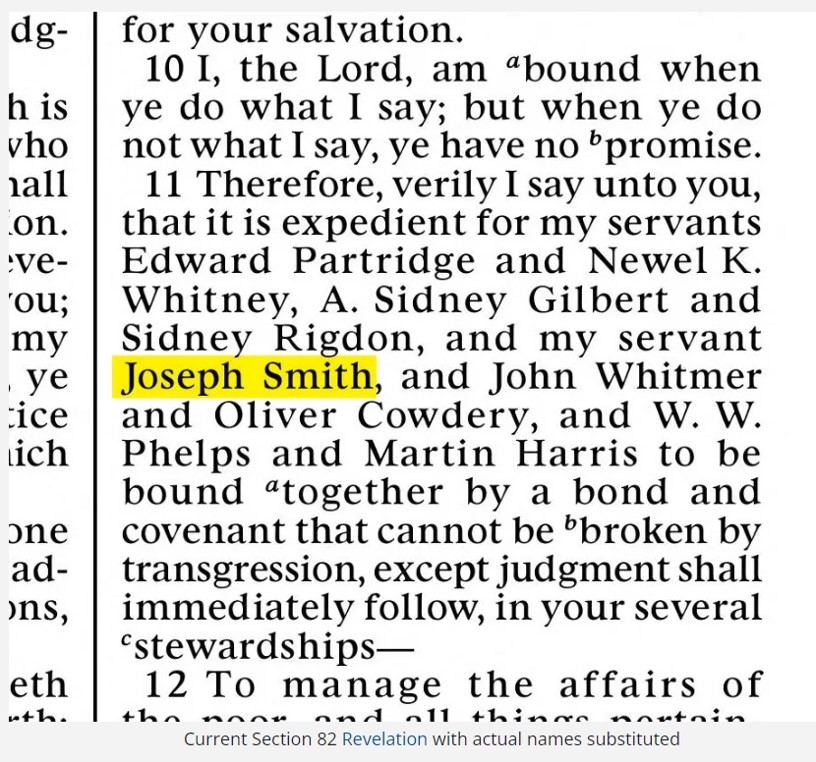
Less likely are readings from the Arabic root for “gazelle,” ģzl, the initial syllable as the root gzh or gzz, having to do with cutting and shearin (JH). Reynolds and Sjodahl[8] suggest possibly HEBREW *gāz-ʿālêm, or gazê-ʿalem (V???), “cut-stones of the Most High,” from gzh, “cut, hew” (cf. ’ăbnê-gāzît, “hewed stones, squared stones” in 1 Kings 5:17; 6:36; 7:9, 11, 12; Exodus 20:25; Isaiah 9:9, 10‖2 Nephi 19:10) + ‘alem (V???), “(he who is) on high”? Or *ga-ṣelem, “exalted image, magnificent likeness,” from gāʾā, “exalted, glorious, proud, magnificent” (Exodus 15:1, 21) + ṣelem, “image, likeness.”
Variants
There are no variations of this name in the Book of Mormon text, but there are other spellings outside the Book of Mormon: Gazelum Orson Pratt, JD, 16:156 (16 Aug 1873); Gazelam 1835 D&C (6xx), D. J. Whittaker, “Substituted Names in the Published Revelations of Joseph Smith,” BYU Studies, 23/1 (1983):103-112.
Deseret Alphabet: 𐐘𐐈𐐞𐐀𐐢𐐇𐐣 (ɡæziːlɛm)
Notes
- Jump up↑ –êm is the early contracted form of the plene –ayim dual ending in Semitic languages. This is reflected in the English pronunciation (no doubt coming from the KJV, but which matched the early form of the GN) of JERUSALEM from the late plene writing and pronunciation of HEBREW yrwšlym.
- Jump up↑ Paul Y. Hoskisson, “Urim and Thummim,” in Ludlow, ed., Encyclopedia of Mormonism (Macmillan, 1991/1992), citing JS-H 1:35. http://eom.byu.edu/index.php/Urim_and_Thummim
- Jump up↑ This also happens in other language families. For example, see Spanish “playa” and Portuguese “praya,” both meaning beach; and Japanese where the difference between the two sounds is not phonemic.
- Jump up↑ M. Tsrapeka, Descriptive Analysis, p.31.
- Jump up↑ Gordon Textbook §19:1956; Aistleitner 2138; cf. Dietrich-Loretz WdO 3 (1964–6): 189ff; Ullendorf JSS 7 (1962):347.
- Jump up↑ Dillmann 1003.
- Jump up↑ Aistleitner 2138; Wehr-Cowan 672b.
- Jump up↑ George Reynolds and Janne M. Sjodahl, Commentary on the Book of Mormon, Vol. IV, P. C. Reynolds, ed. (Salt Lake City: Deseret Book, 1955-1961.), 162.Bibliography
Daniel H.udlow A Companion to your Study of the Book of Mormon. Provo, UT: Brigham Young University Press, 1969Source: https://onoma.lib.byu.edu/index.php/GAZELEMSo in conclusion I believe Gazelem in Alma 37 could read like this: “And the Lord said: I will prepare unto my servant [Joseph Smith a Seer], which shall shine forth in darkness unto light, that I may discover unto my people who serve me, that I may discover unto them the works of their brethren, yea, their secret works, their works of darkness, and their wickedness and abominations. And now, my son these interpreters were prepared that the word of God might be fulfilled, which he spake, saying: I will bring forth out of darkness unto light…” Alma 37:23-25Notice again that with the quote from Alma 37 including the words Joseph Smith a Seer, without the comma between Gazelem[,] a stone it would read that Joseph Smith was being called Gazelem as his personal name, or Gazelem as a title that is a seer, and the singular word “a stone” would mean in this case a single stone means Joseph Smith or Gazelem is “a seer”, not necessarily a singular stone.
I would appreciate any feedback you have about this interpretation. Many of those who believe that Joseph used a stone in a hat to translate and that Joseph didn’t even look at the gold plates also try and convince me that the word “a stone” in Alma 37 may validate their error in thinking Joseph used an individual stone to translate. I just don’t believe it. I believe the following words as my personal interpretation of Alma 37:23.
“Joseph Smith a Seer”
NOT
Gazelem, a stone!


